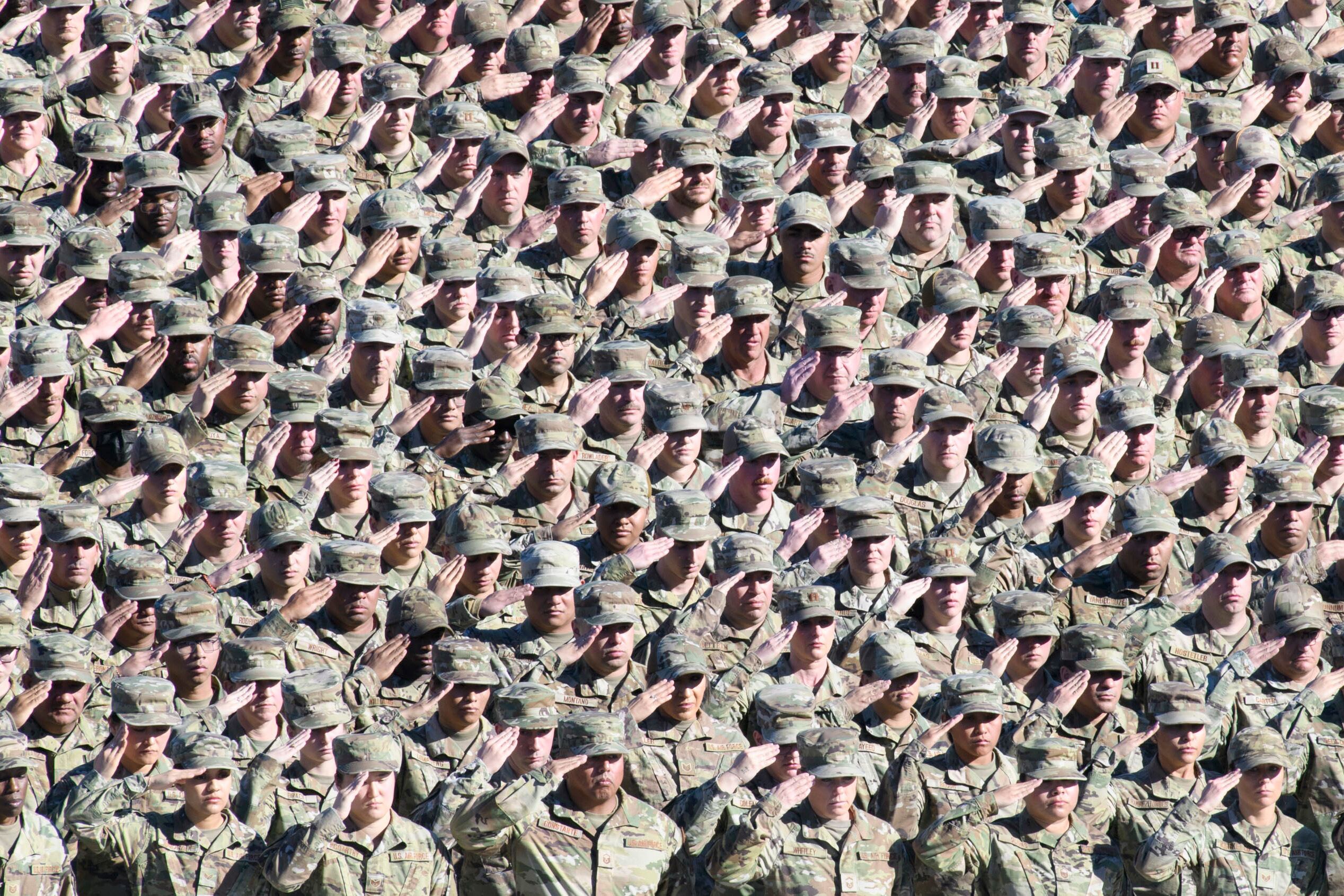Merlyn Cruz-Feliciano’s decision to leave the Army was made for her, and she wasn’t prepared for it.
Born in Mexico and raised in California, Cruz-Feliciano served in the Army as a logistician supply sergeant from 2002 to 2016. But much like in civilian life, when an organization decides it has too many resources, it lets people go. The Army no longer needed her services, so her transition out of the military happened sooner than expected.
“For 14 years, this was all I knew, right? And I was very into the military life, very structured, very by the book, according to regulations, so (separating) was very daunting for me,” she said. “I didn’t even know where to start. It was very panic driven.”
Eight years later and things are looking up for Cruz-Feliciano. She just turned 40, settled down as a homeowner with her daughter and family in California, and she’s working toward her masters degree in mental health therapy. She also volunteers with the nonprofit organization Veterans Transitions Support to help veterans with many aspects of separating from the military.
If the decision to separate was hers, Cruz-Feliciano would have started the process at least a year before leaving to lay out her plan.
“The military really does not prepare you to get out,” she said. “Their sole purpose is to prepare you to be in the military, which is understandable. But we’re going to be in the civilian life a whole lot longer than we are in the military.”
There are organizations that can help. For example, the USO serves as a resource for active and veteran military members and their families through all the stages of the process.
“We have such unique access to the service members because we have on-base access and we can get to them earlier in their career and get them focused on whether (the military) is going to be a lifelong career,” said Lisa Elswick, USO’s vice president of transition programs. “At some point everyone is going to separate. How can we actually start preparing for that situation?”
Organizations like the USO will sit down with the military members to help them sort out what their vision of civilian life looks like.
“You might want to get in the military for 20 years, but when you get out, do you want to do something completely different?” Elswick said. “Do you have the education that will help you in that career? Do you have the time, or the resources if you’re going to go back to school?”
Elswick said younger veterans who leave the military at an early age after enlisting after high school often have the toughest time dealing with the transition to civilian life.
“We work very closely with them, because they are at the highest risk when they separate,” she said. “They are usually the most at-risk for unemployment, and end up sleeping on somebody’s couch for three years and then they come ask for help.”
When the time came for her separation, Cruz-Feliciano focused on making sure her financial situation was stable, as expenses such as housing allowances are suddenly gone, not to mention the salary from the military.
“In the outside world, you have that transition period where you might not be getting any money,” she said. “I definitely was looking at my finances, and being able to save enough money to keep me afloat.”
Elswick said the best two steps separating veterans can take when returning to civilian life are to, “find a mentor and find a nonprofit connection because all of those resources are going to be for free,” she said. “They’re free for all veterans, and they will connect you for what your needs are, because everyone’s needs are all very, very unique.”
This story was updated April 29 at 3:24 p.m. to correct Lisa Elswick’s job title. She is the USO’s vice president of transition programs.




